Gravel bike vs road bike: Understanding the differences
A deep dive on two similar-looking bikes that are designed for very different purposes
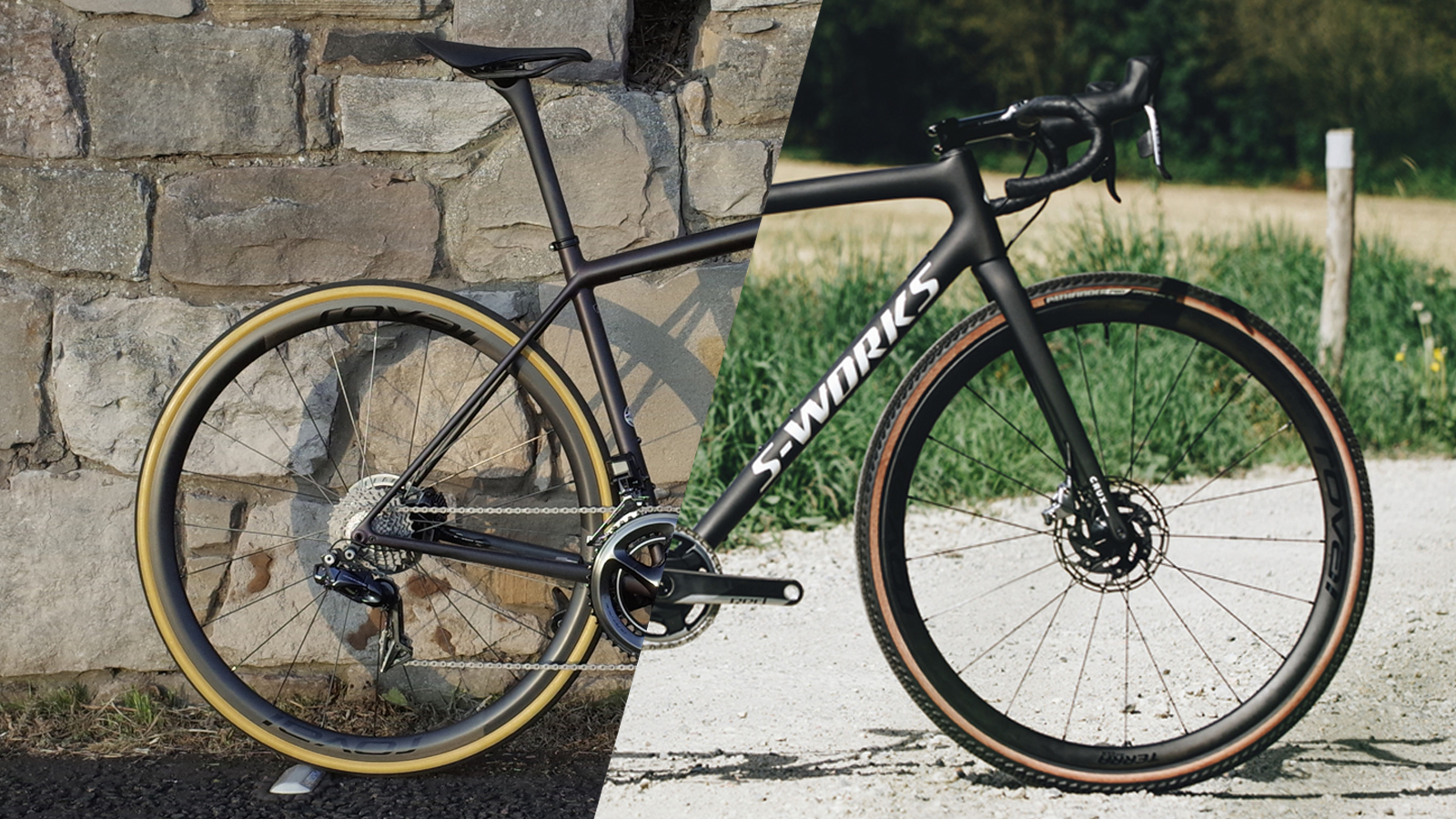
It wasn’t long ago that “gravel” was a fringe part of cycling. Very few people did it, even fewer knew about it and no one was racing it. Fast forward to 2021 and gravel riding has exploded in popularity. Gravel riding has gotten so popular that some of the most popular road races in the world have started to incorporate gravel or gravel segments. Strade Bianche is arguably one of the most exciting road races of the year, while the Tour de France and Giro d’Italia have started including uphill gravel finishes in multiple stages. It‘s become so popular that a lot of people looking for a drop-bar bike are torn when deciding between a gravel bike vs road bike.
Gravel riding and road riding are the two most popular forms of cycling and it’s easy to see why: simply put, they’re the most versatile. On the best gravel bikes, you can go almost anywhere off-road from muddy trails and singletrack forests, to dirt roads and rock-covered gravel. Road bikes will take you anywhere on pavement, up the sides of mountains, on local bike paths, through the city to work, and around your local crit circuit.
Before we get into the technical differences between gravel bikes and road bikes, let’s discuss their differing purposes.
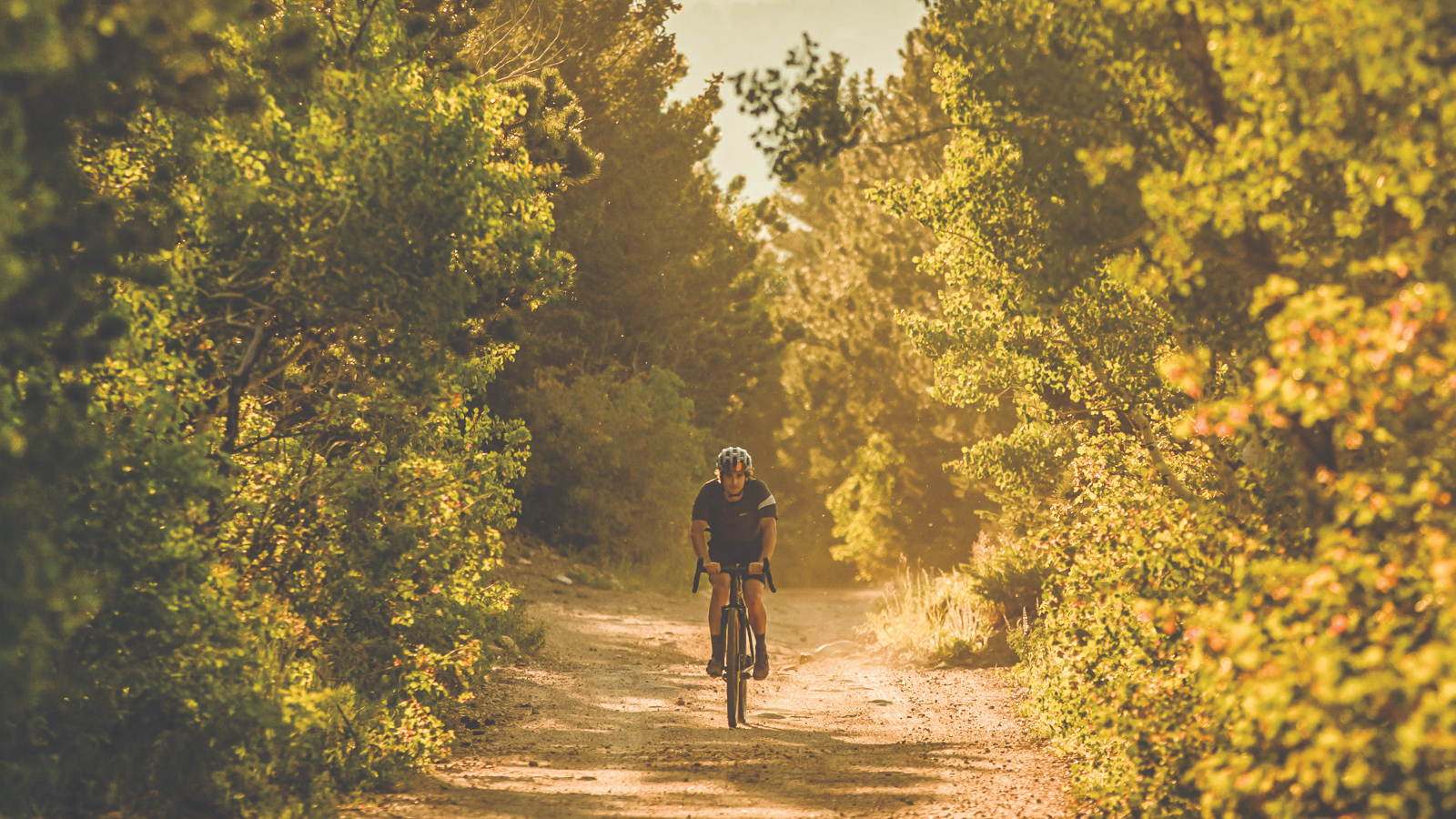
What is a gravel bike and a road bike?
What is a gravel bike? Gravel bikes are designed for all kinds of off-road riding, including rough roads and variable weather conditions. Gravel riding covers anything off-road that isn’t a mountain bike trail which are usually very technical with steep drop-offs, big roots and even jumps. With a comfortable fit and long wheelbase, gravel bikes are designed to be comfortable for multi-hour rides and even bike-packing trips. However, they are also lightweight and race-ready with powerful disc brakes and wide tires.
Road bikes are designed for riding on Tarmac – that is, city streets, Alpine passes, bike paths and more. With narrower and slicker tires, road bikes are much faster on Tarmac than gravel bikes but they are also limited in the terrain they can tackle. Road bikes struggle in the wet, and cannot handle off-road conditions with normal road tires. However, they are very light and aerodynamically designed for straight-line speed. Some road bikes are designed with a less aggressive fit and more room for accessories such as lights and racks – these road bikes are best for commuters who use city streets to get to work.
Now let’s get into the nitty-gritty details.
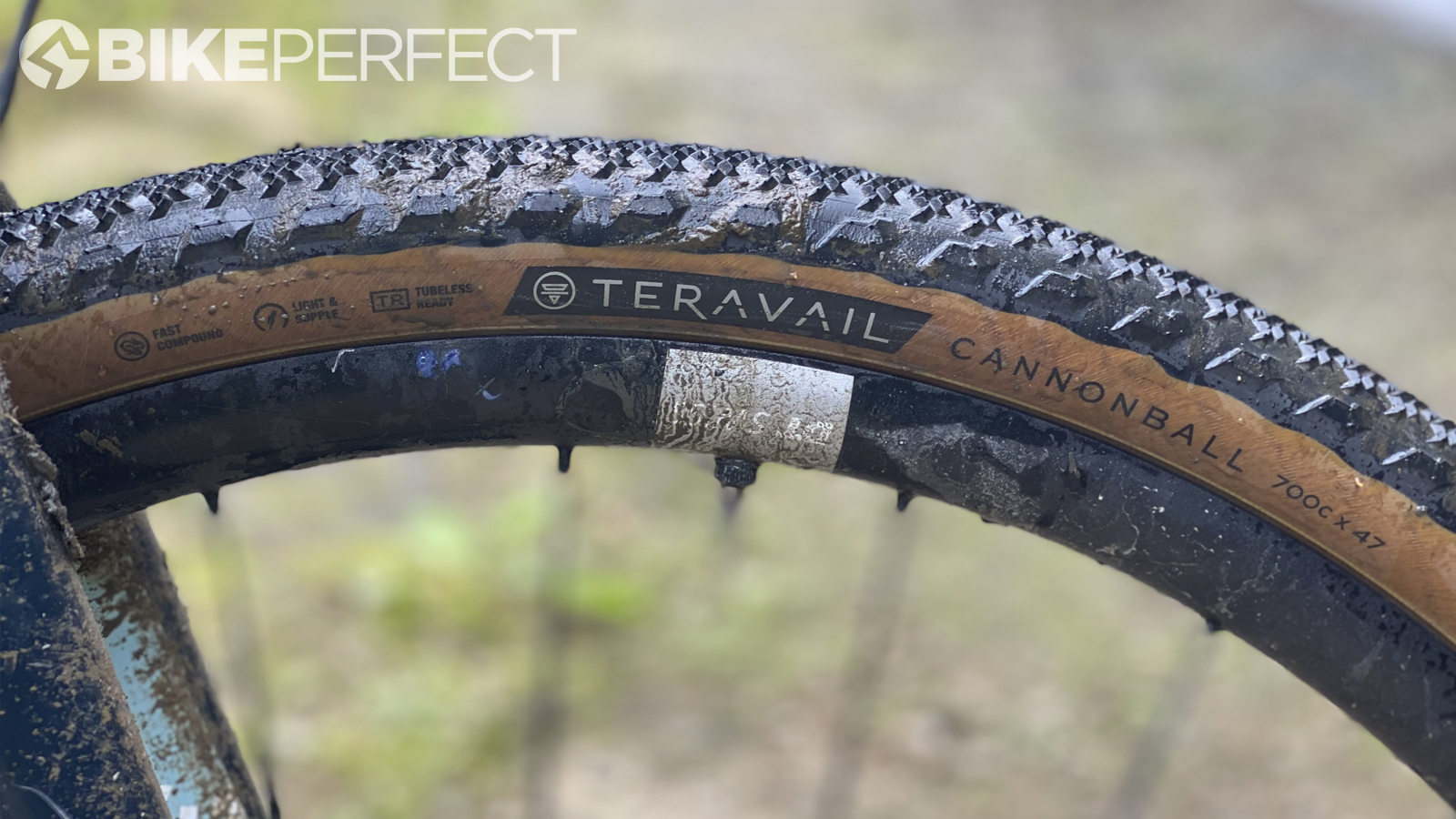
Tire (Widths)
One of the defining characteristics of gravel bikes is that they have wide tires with plenty of tire clearance for them. Gravel frames and forks are designed with this specifically in mind, allowing up to 50mm wide tires in some frames. The best gravel bike tires vary widely from completely slick 35mm tires, to knobby tires measuring over 40mm wide. It all depends on the terrain and weather that you’re riding in. The more technical the terrain and the slicker the corners, the more grip you’ll need from your tires which comes at the compromise of rolling resistance.
Road bikes, on the other hand, have significantly less tire clearance and narrower tires than gravel bikes. Tires on road bikes are always smooth and slick, although they have varying degrees of light tread depending on their purpose. Race tires are designed to roll fastest with a very light tread, while heavy-duty training tires will be thicker, more puncture-resistant, and have a bigger tread – although these treads are nowhere close to the knobs on some gravel or mountain bike tires.
Some road bikes can fit up to 40mm wide tires, though most road cyclists use tires between 23mm and 28mm wide. Road bikes are often built with little tire clearance because there is simply no need. You won’t get heavy mud or grime build-up from the Tarmac as you might from a wet gravel or mountain bike trail.
Many gravel tires nowadays are tubeless, which means they use sealant rather than a tube inside the tire. Tubeless tires are more puncture-resistant than clinchers, and you can run them at significantly lower pressures (down to 20-30psi).
Most road bikes come with clinchers which are more prone to pinch flats. However, clinchers are much easier to set up and service compared to tubeless tires (and even more so compared to tubular tires), making them the ideal tire type for casual cyclists and beginners. Recently road tubeless has seen a rise in popularity as more brands offer easy to setup and more reliable tire and rim combinations.
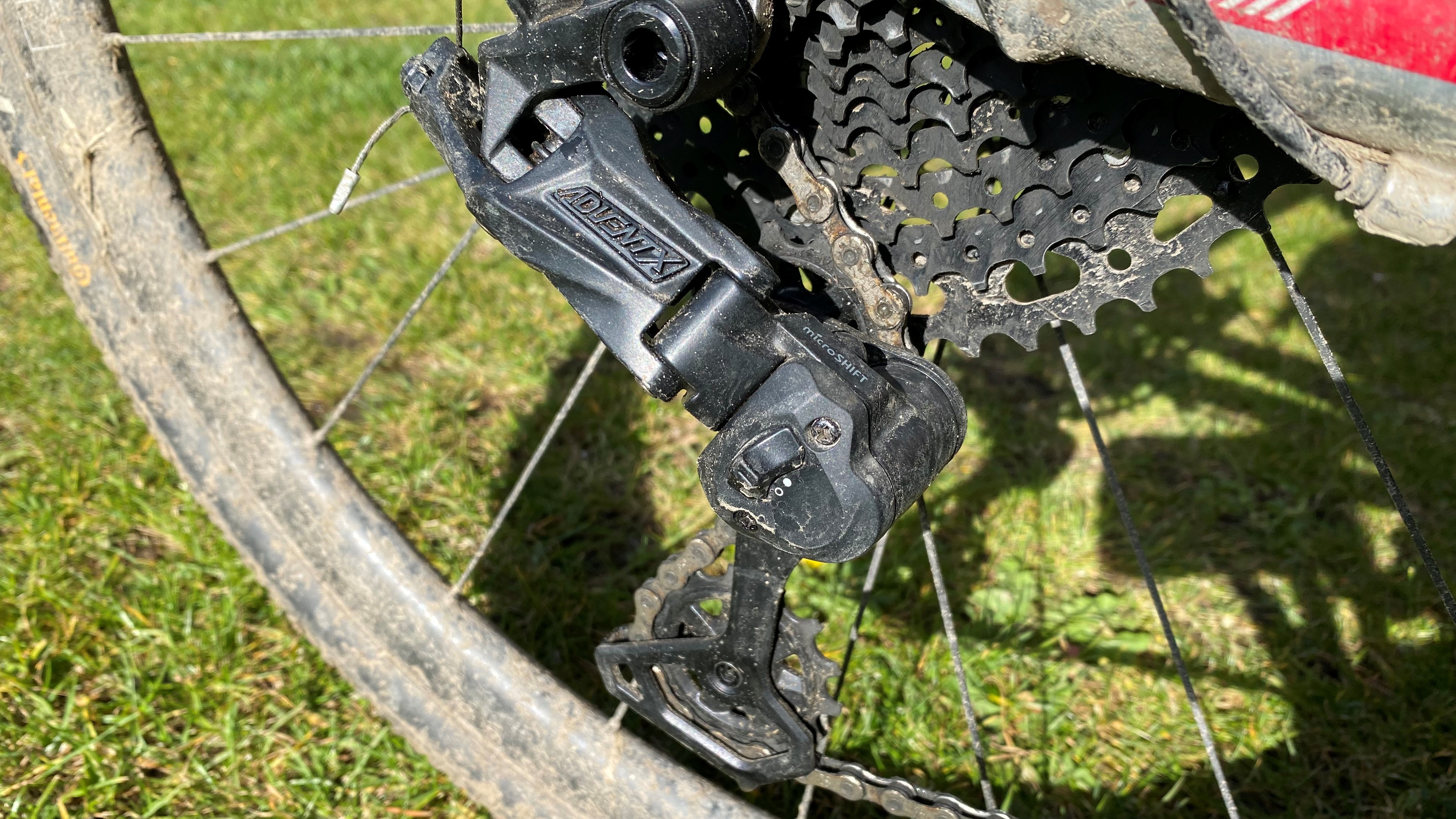
Gears
Road cycling began experimenting with 1x set-ups (having only one front chainring) a few years ago but it hasn’t really caught on. Except for pro-level time trialing, most road bikes nowadays are 2x set-ups with two front chainrings. A typical road bike set-up is a 53/39T front chainring, which refers to the number of teeth on each chainring.
In the rear, there is a wide range of possibilities on a road bike, although not typically as many as mountain bikes where you can find 10x50T rear cassettes. The classic rear cassette for a road bike is an 11x28, with the 28T being the biggest (and easiest) gear for climbing. However, manufacturers have trended towards climbing-friendly gearing set-ups including smaller front chainrings and bigger rear cogs. For example, a climber might ride a road bike with a 50/34T chainring in the front, and an 11x32 rear cassette.
Gravel bikes are a little more complicated in that they don’t have a conventional gearing set-up. The gravel world is fairly split between 1x and 2x, with many riders making the choice based on their local riding terrain. 1x set-ups are lighter because of the omission of the front derailleur and are less prone to dropping chains. However, there are much bigger jumps between each gear, and your overall gearing set-up may be more limited, especially when it comes to climbing.
2x set-ups are preferred by many because of the wider gear range they offer. However, as you are more likely to drop your chain on a 2x set-up, 1x is very popular on gravel bikes as it's more likely to happen on bumpy and technical gravel terrain.
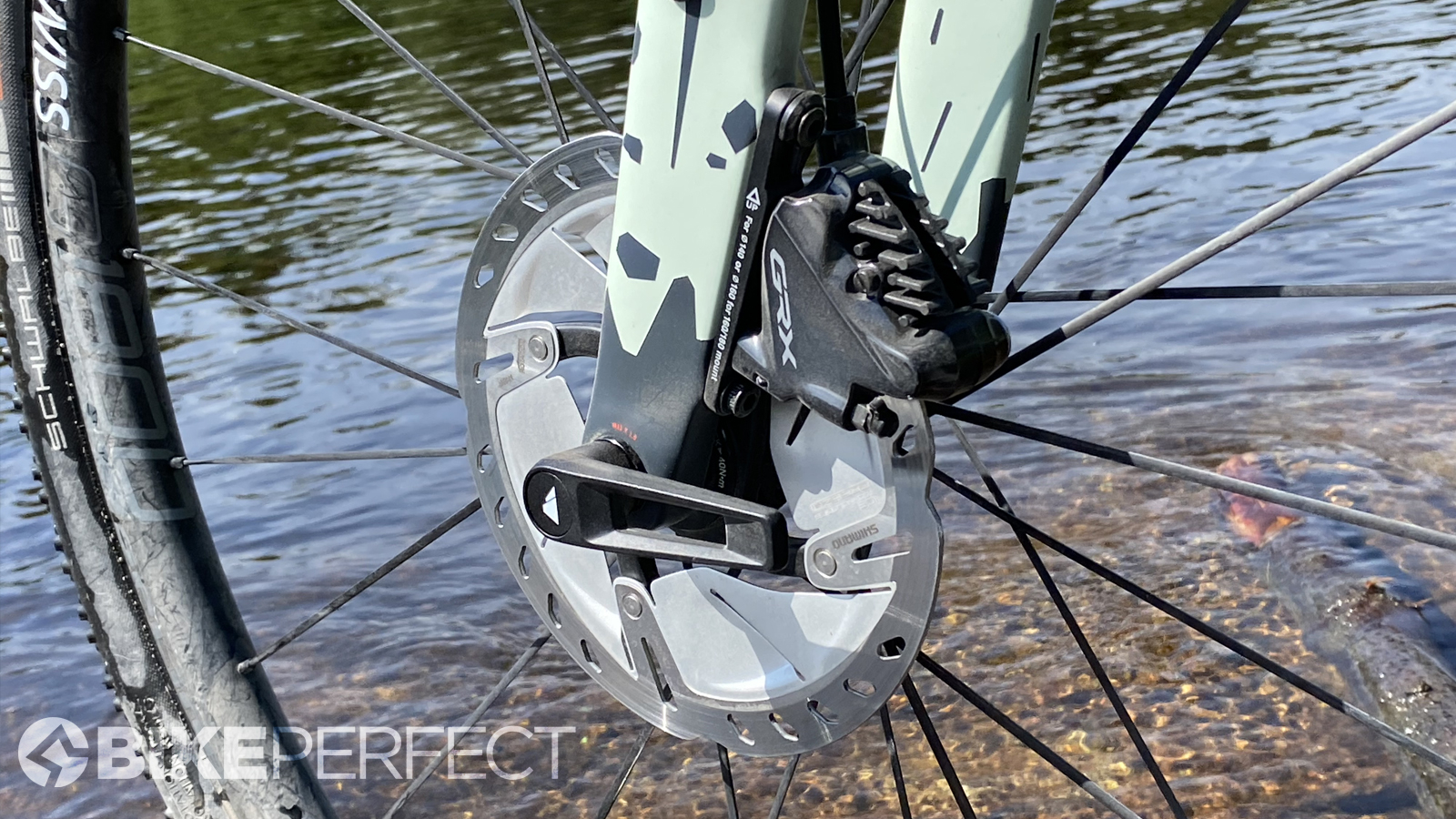
Brakes
It’s almost impossible to find a gravel bike without disc brakes, the performance is superior to rim brakes in almost every way. Disc brakes are more powerful overall, they offer better modulation and they perform better in wet weather conditions compared to rim brakes. For gravel riding, disc brakes are the obvious choice and you’ll have the option between mechanical and hydraulic disc brakes on almost any bike you can find.
Road bikes are trending almost exclusively towards disc brakes, though many manufacturers still make rim brake models. While rim brakes are inferior in many ways to disc brakes, they are also lighter and easier to service than most disc brakes. Plus, rim brakes are more than capable of stopping your bike, and are suitable for most riding scenarios. The only times you really need disc brakes are in the wet and when descending at high speed. If you ride on flat and quiet country roads, you’ll be fine on rims brakes.
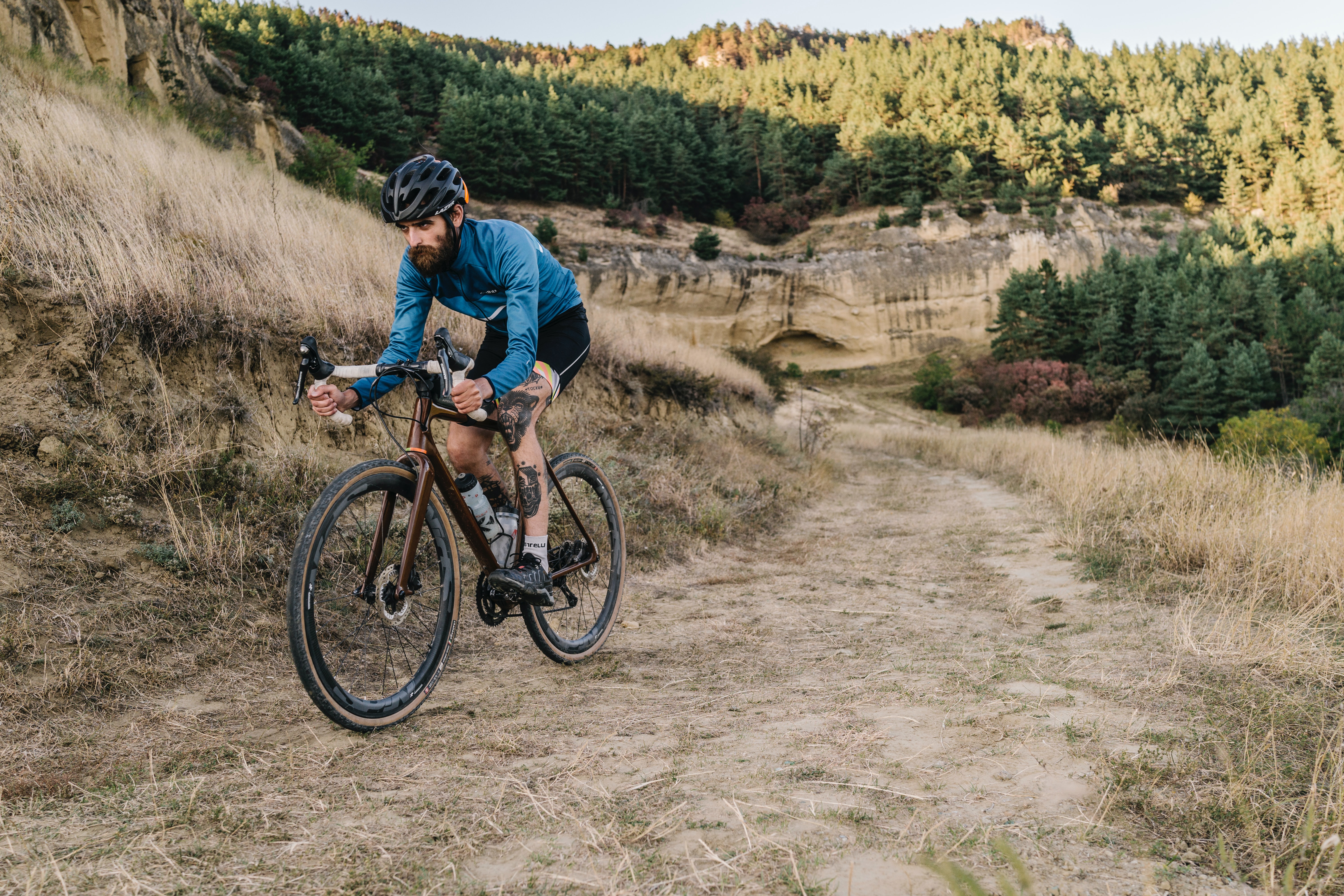
Frame geometry and ride position
From a few feet away, the frame of a gravel bike looks nearly identical to the frame of a road bike. Both have similar shapes and drop bars, with a clear design emphasizing aerodynamics and speed. But upon closer inspection, there are a few features that stand out.
Gravel bikes have a longer wheelbase and slacker head tube angle compared to road bikes, which helps lengthen the bike and improve its stability and handling over rough terrain.
Road bikes, conversely, have shorter wheelbases and a longer reach, which helps the rider stretch out and become more aerodynamic while still maintaining a strong power output. However, the big sacrifice here is handling, as road bikes are much less capable and stable over technical terrain and handling is twitchier.
With an overall ‘relaxed’ geometry, gravel bikes are designed for upright and comfortable riding positions, rather than pure straight-line speed. During multi-day bikepacking trips or a 12-hour gravel race, you don’t want to be stretched out and hunched over even if it means better aerodynamics. While road bikes are simply faster, their riding position takes some getting used to, even for experienced riders.

Handlebars
At first glance, it looks like gravel bikes and road bikes both have the same drop bars. But due to the purposes of each bike, those bars are actually quite different; although the difference isn’t as extreme as mountain bike (flat bars) versus road bike (drop bars).
The best gravel handlebars are typically wider than road bars, and many include a flaring at the drops, which means that the drops angle outwards. This helps provide a wide base of support and a wide grip for technical sections and steep descents, offers more wrist clearance when descending in the drops. While road bars are typically 42-44mm wide, some gravel bars are up to 52mm wide.
Road bars are designed to be as aerodynamic as possible, even if it means sacrificing the quality of handling. In a more stretched-out position, road riders will typically keep their elbows tucked in and narrow, in line with their handlebars which are about shoulder width. It is extremely rare to see flared drop bars on a road bike; in fact, some road riders tilt their hoods inwards to create an even narrower and more aerodynamic position.
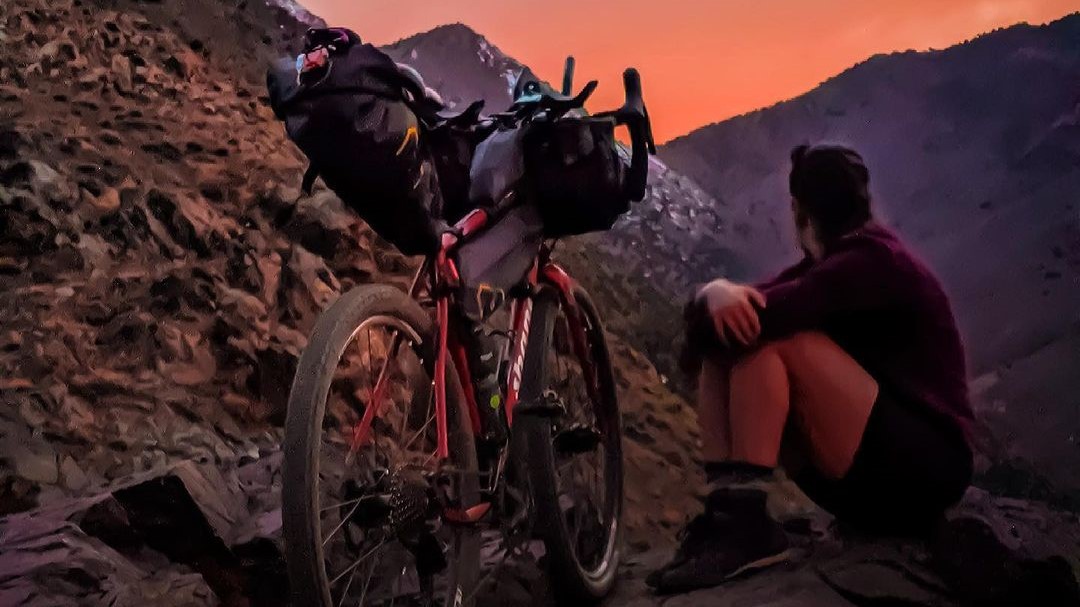
Different styles of gravel and road bikes
In this article, we described the classic gravel bike meant for a mix of training, racing, and adventuring. However, there are many other styles of gravel bikes that emphasize one of those styles of riding – race gravel bikes, for example, are made of lightweight carbon and high-end components, with carefully-engineered tires that are almost a fast on Tarmac as road bikes.
Adventure-style gravel bikes are much heavier, more durable, and can handle a wider range of rough terrain including some mountain bike trails and rocky roads. These bikes often have built-in mounts for light, mudguards, panniers, and luggage for all your bikepacking adventures.
Similarly, there are many different styles of road bike including climbing-specific frames and adventure bikes. Climbing bikes are built to be as lightweight as possible while adventure road bikes, on the other hand, have wider tire clearance, built-in mounts, and a more durable frame for light off-roading. Whatever your desired ride terrain, there’s a bike out there built for you.
In addition to elite-level road, track and Zwift racing, Zach Nehr is a freelance writer and the head of ZNehr Coaching. He contributes written articles on a variety of cycling-related subjects, including product reviews and advertorials, as well as feature articles and power analyses. With a Bachelor’s Degree in Exercise Science from Marian University-Indianapolis, Zach spends his time working with endurance athletes of all ages and levels at ZNehr Coaching. Having entered the sport at age 17, Zach has had a successful racing career, winning the 2017 Collegiate National Time Trial Championships and a 9th place finish at the 2019 US Pro National Time Trial Championships. These days, Zach spends most of his ride time indoors, racing on RGT Cycling and competing in the Zwift Premier League with NeXT eSport.
